Dendrology Lab
1/40
Earn XP
Description and Tags
Spring 2025
Name | Mastery | Learn | Test | Matching | Spaced |
|---|
No study sessions yet.
41 Terms
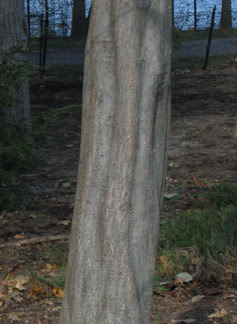
Location: Bottomlands species, prefers to be near water
Bark: Smooth, grey, with deep indentions (muscle like)
Leaf: simple, alternate, doubly serrated
musclewood
Carpinus carolinina
BETULACEAE
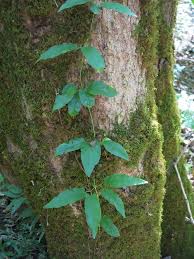
flowering vine, modified leaflet, Alternate, pinnately compound with 3-5 leaflets, entire margins
crossvine
Bignonia capriolata
BIGNONIACEAE
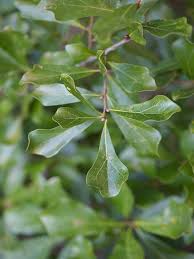
Location: kinda generalist but grows best in well drained bottoms
Leaf: simple, alternate, deciduous, irregularly lobed and each leaf can look different
Bark: Light brown, rough and scaley with smooth plates, sometimes orange in ridges
water oak
Quercus nigra
FAGACEAE
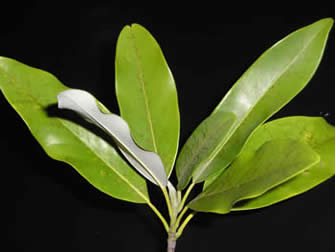
Location: lowlands and swamps, common ornamental
Bark: Smooth, light grey
Leaf: simple, entire margin, smooth with white waxy coating on underside
Showy white flowers with 6-15 petals
sweetbay magnolia
Magnolia virginiana
MAGNOLIACEA
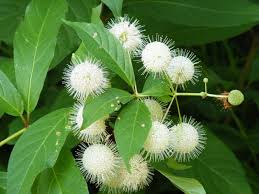
Multi-stem, shrubby, bush
Location: bottomlands, typically on the water
Bark: young-thin and smooth older- scaley and fissured
leaf: simple, opposite or whorled, margin entire
common buttonbush
Cephalanthus occidentalis
RUBIACEAE
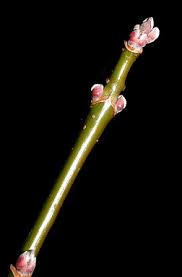
Location: bottomlands
Leaf: compound leaf, serrated, yellow/green drooping flowers
Twig: Shinny green, opposite, can be found low on tree
Bark: branches low, greyish brown
boxelder
Acer nugundo
ACERACEAE
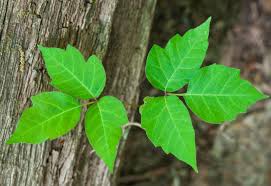
Vine
Leaf: compound 3 leaflets, alternate
Often has no leaves and woody looking
poison-ivy
Toxicodendron radicans
ANACARDACEAE
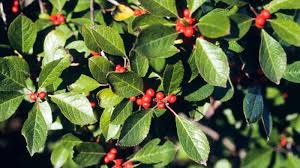
multi-stem large shrub
Location: understory, swamps
Leaf: alternate, sometimes evergreen, simple, rounded
Fruit: drupe, red berry looking, white small flowers
Bark: smoothish, white bumps
deciduous holly
Ilex decidua
AQUIFOLIACEAE
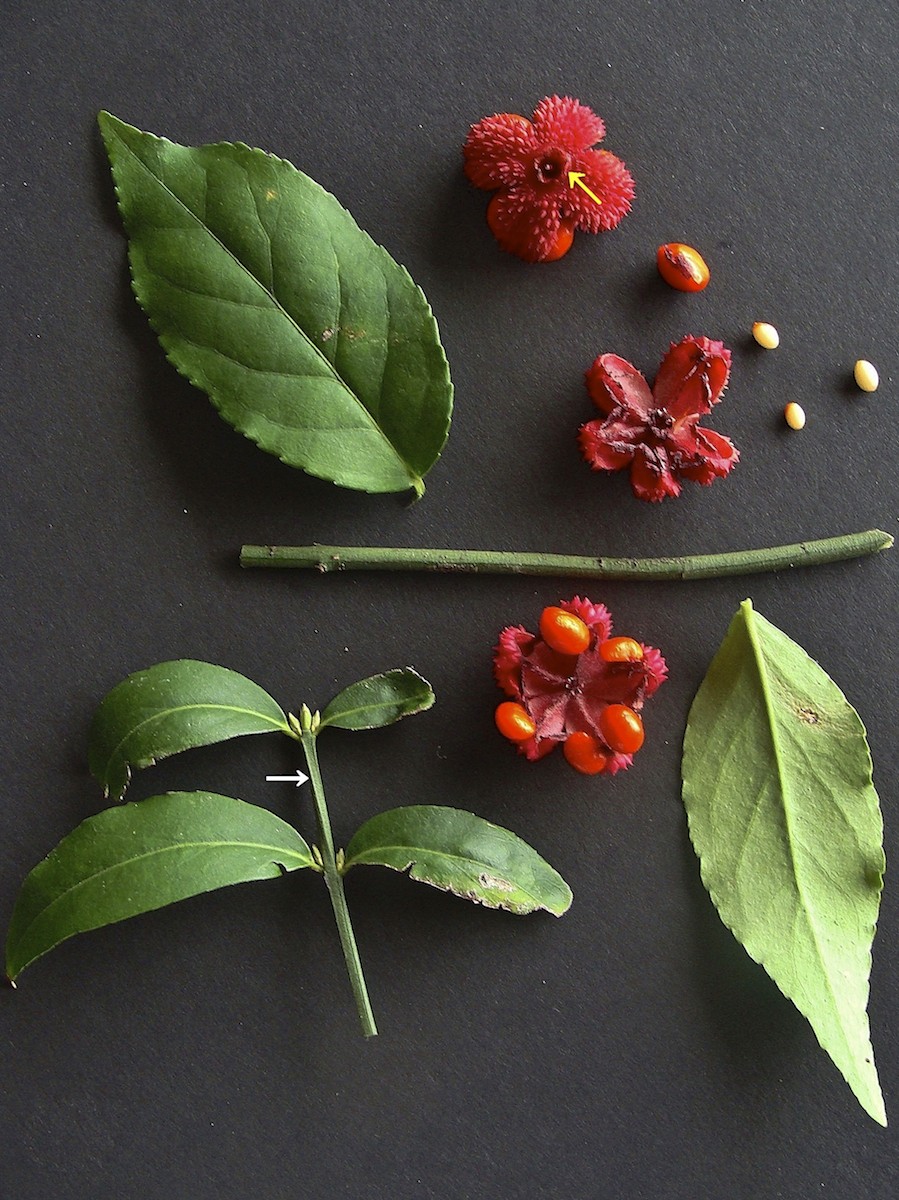
bush
Twig: Square, green, matte, winged
Leaf: simple, smooth
Fruit: red capsule
strawberry bush
Eunonyomus americana
CELESTRACEAE
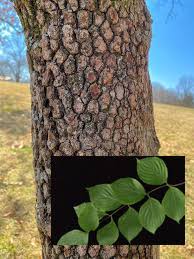
Leaf: opposite, simple, arcuate venation, smooth
Flower and Fruit: small yellow/green flowers in center of four white modified leaflets (looks like a white flower) red clustered drupes, onion shaped buds
Bark: scaley plated
flowering dogwood
Cornus florida
CORNACEAE
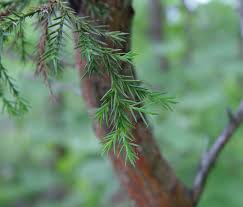
Leaf: scale like
Bark: shreddy peeling off
easter redcedar
Juniperess virginiana
CUPRESSACAE
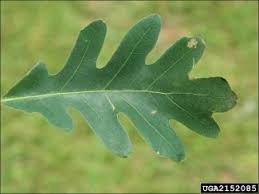
location: mid slope
Leaf: lobed, entire margin, no bristle, smooth and rounded
Bark: light colored (typically), irregular, usually plately, peels from side
white oak
Quercus alba
FAGACEAE
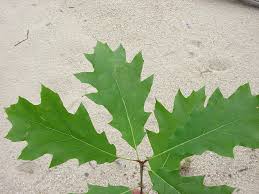
Location: upland, often midslope
Leaf: alternate, simple, 7-11 bristle tipped lobes
Bark: smooth but develops ridges, ski tracks
northern red oak
Quercus rubra
FAGACEAE
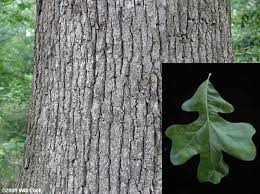
location: dry uplands
leaf: kind of cross shaped, leathery, 5 lobes, stellate shaped hairs on bottom
Bark: defined ridges
post oak
Quercus stellata
FAGACEAE
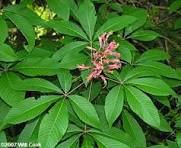
Shrub or small tree, ofter ornamental
Leaf: palmately compound, opposite, deciduous
Flower: large red
Bark: light grey/brown, warty lenticels
red buckeye
Aesculus pavia
HIPPOCASTANACEAE
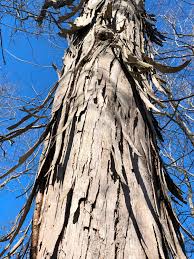
Leaf: typically 5 leaflets, glabrous, yellow green
Bark: smooth when young, develops long plates, peeling top to bottom
southern shagbark hickory
Carya ovata var. australis
JUGLANDACEAE

location: generalist, shade intolerant
Leaf: thorn where leaf attaches, simple, smooth margin, pointy tip
Bark: tree grows in very poor form, orange in fissures, branches low, very ugly
osage-orange
Maclura pomifera
MORACEAE

Leaf: opposite, compound, 5-9 leaflets
Twig: lateral buds sit inside the leaf scar and kinda look like a smiley face
Bark: lighter grey, diamond shaped fissures
white ash
Fraxinus americana
OLEACEAE
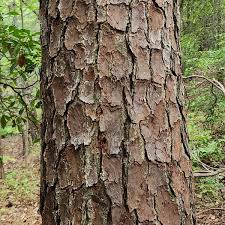
Leaf: needles, 4-9in
Bark: rectangular plates
loblolly pine
Pinus taeda
PINACEAE
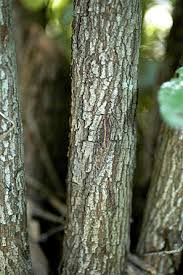
understory, can be found most places
Leaf: opposite, hairy on bottom, when torn apart it will have thin hairs holding it together
Flower: four petals always, white
Twig: red/maroon
Bark: thin and blocky, smooth when young
roughleaf dogwood
Cornus drummundii
CORNACEAE
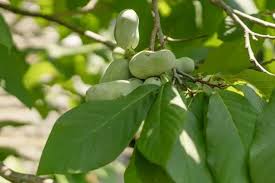
Location: understory, bottomlands and mesic uplands (small tree)
Leaf: long, simple, drooping, oblong, smells like bell peppers when crushed
Bark: smooth grey with warts
Twig: almost rust colored with long pointy terminal buds
Fruit: berry, large, smooth green
pawpaw
Asimina trilobia
ANNONACEA
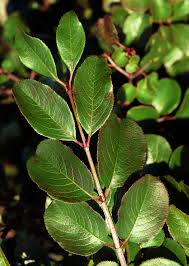
shrub or small tree
Location: upland
Leaf: opposite, glossy, oval, brown hairs on underside
Twig: maroon, especially bright petiole
Fruit: red/maroon drupe
rusty blackhaw
Viburnum rufidulum
CAPRIFOLIACEAE
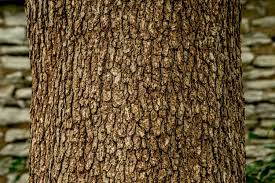
Leaf: tooth like, no bristles, shiny, smooth
Bark: light grey, small square, flakey
chinkapin oak
Quercus muelenbergii
FAGACEAE
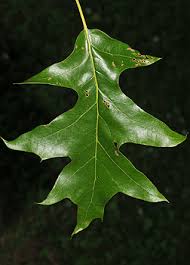
Location: bottomland or moist upland
Leaf: simple, alternate, 5-11 bristle tipped lobes, pagoda shaped
Bark: narrow, flakey ridges
cherrybark oak
Quercus pagoda
FAGACEAE
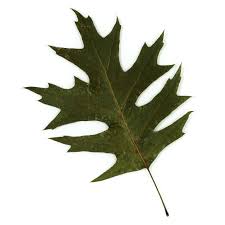
location: typically bottomland, can be found on moist upland
leaf: simple, alternate, bristle tipped, shiny on top
Bark: smooth, tight, almost white on top of ridges, gets deeper furrows when older
Shumard oak
Quercus shumardii
FAGACEAE
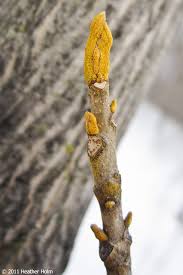
Location: wet soils typically, can be found on well drained uplands
Leaf: alternate, 7-9 leaflets, glabrous, thin rachis
Twig: stout, orange/brown lenticels, somewhat pubescent, sulfur yellow terminal bud
Bark: thin, tight, interlacing ridges
bitternut hickory
Carya cordiformis
JUGLANDACEAE
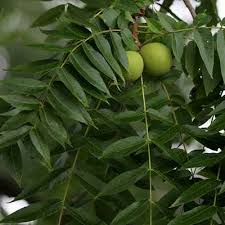
leaf: alternate, pinnately compound, 12-24 leaflets
twig: stout, scary face leaf scar, short and hairy buds
bark: chocolate brown, deep diamond pattern
black walnut
Juglans nigra
JUGLANDACEAE
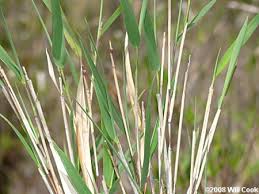
Grass
Leaf: alternate, smooth margin, thin
picture
switchcane
Arundinaria gigantea
POACEAE
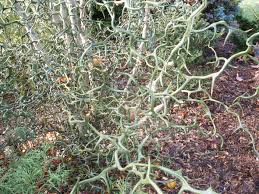
invasive small tree/shrub?
Leaf: alternate, compound, 3 leaflets, smooth margins
Flower & Fruit: white flower 5 petals, orange fuzzy fruit
Twig & Bark: 1 in thorns (covered) light grey/ brown smooth bark
trifoliate orange
Poncirus trifoliata
RUTACEAE
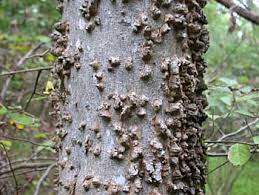
Location: floodplains
Leaf: simple, alternate, serate entire margin
Bark: very distinct, light grey, covered in warts
sugarberry
Celtis laevigata
ULMACEAE
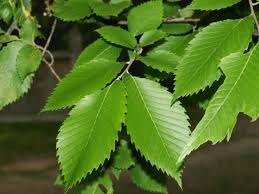
Location: primarly notable in bottomland but can be found anywhere
Leaf: alternate, simple, margin is sharply doubly serrate, slightly hairy
Fruit: found, flat, hairy
Bark: grey, flat topped, reddish/brown patches
American elm
Ulmus americana
ULMACEAE
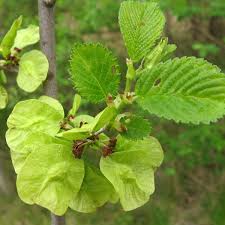
Location: well drained bottomlands and moist uplands
Leaf: alternate, simple, margin is sharply doubly serrate, sand paper like
Fruit: samara, hairless and smooth
Bark: very tight
slippery elm
Ulmus rubra
ULMACEAE
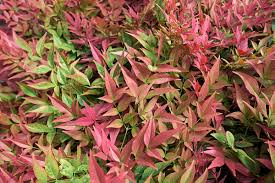
Invasive shrub
Leaf: alternate, evergreen, tripinately compound, redish in spring and fall
Fruit: red, round, clusters
Twig/bark: red, smooth
nandina
Nandina domestica
BERBERIDACEAE
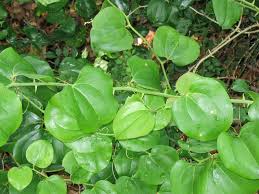
vine
Leaf: Bright green, smooth, heartish shaped
Twig: green, thorns
dr. granger will probably be eating it
greenbriar
Smilax spp.
SMILACEAE
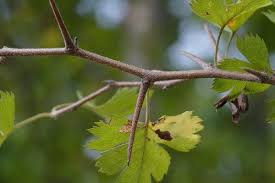
Location: shade, likely near water
Leaf: Simple, alternate, lobed, doubly serrate
Flower: 5 petals
Twigs & bark: Covered in red spines, smooth peely bark
parsley hawthorn
Crataegus marshalli
ROSACEAE
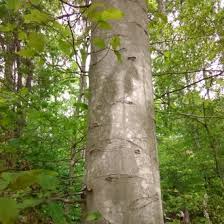
Location: bottomland hardwoods
Leaf: simple, alternate, shiny, smooth, pointy tip, marcesent
Bark: very distinct, smooth, very light grey
American beech
Fagus grandifolia
FAGACEAE
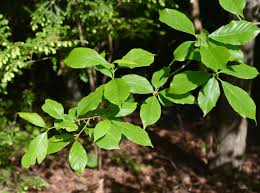
can be found basically anywhere
Leaf: smooth, shiny green, alternate
Twig&bark: 3 distinct bundle scars, blocky grey bark
if you don’t know, put this
blackgum
Nyssa sylvatica
NYSSACEAE
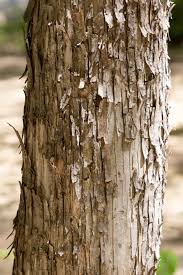
Leaf: alternate, simple, doubly serrated, marescent
Bark: peely, almost cedar like
eastern hop-hornbeam
Ostrya virginiana
BETULACEAE
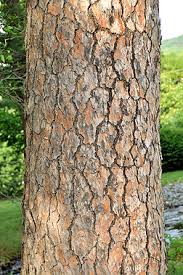
Leaf: needle, short
Cone: tiny
Bark: large deep, blocky plates, more square than elongated
shortleaf pine
Pinus echinada
PINACEAE
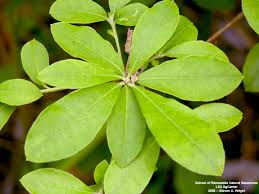
shrub
Location: moist upland and streamside
Leaf: alternate, simple, entire margins
Flower: funnel shaped clusters
Bark: smooth
wild azalea
Rhododendron canescens
ERICACEAE
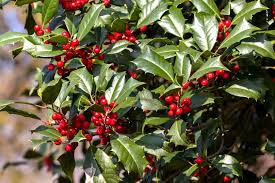
Small/medium tree, often shrub
Leaf: often deciduous, thick green, sharp points
Fruit: red showy berries
Bark: smooth, often appears camo
common ornamental
American holly
Ilex opaca
AQUIFOLIACEAE